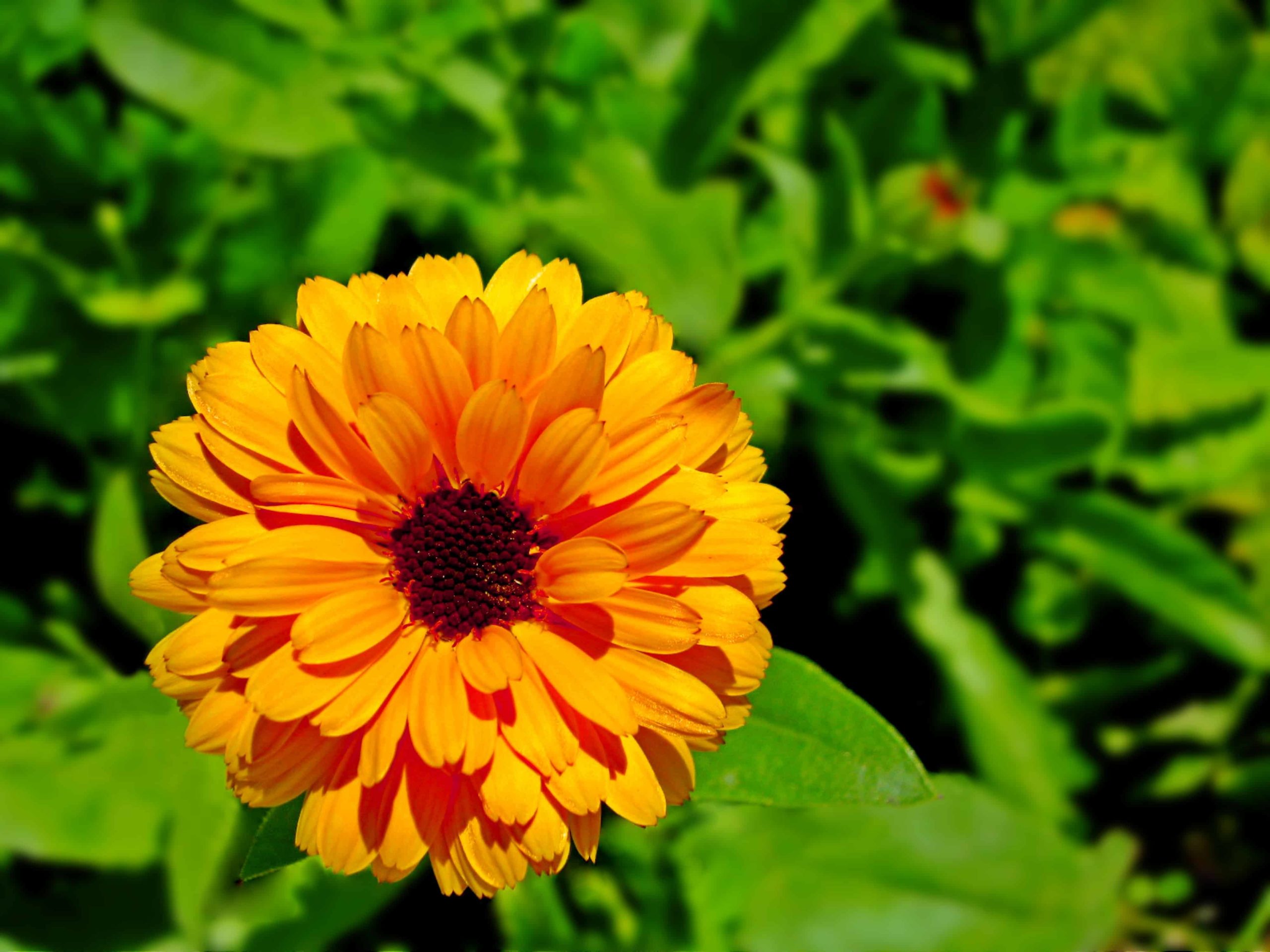The world of flowers is vast and amazing! There are over 400,000 different types of flowering plants around the globe. They come in every shape, size, and colour you can imagine. Many flowers have fun nicknames. For example, the beautiful Agapanthus is sometimes called the "Lily of the Nile". Another flower, the sunny Calendula, is nicknamed the "Sunshine Flower". But do you know which flower is historically known as "The Herb of the Sun"? This special plant has bright, warm-coloured blossoms. Its flowers follow the sun, opening in the morning and closing at dusk. It has been used for hundreds of years for both medicine and rituals. In this article, we'll take a look at the fascinating history and identity of this sun-loving flower.
ALSO READ| Which Flower Is Known As The Flame Of The Forest?
Which Flower Is Known As The Herb Of The Sun?

The flower known as "The Herb of the Sun" is the Calendula (specifically Calendula officinalis), also commonly called Pot Marigold. Calendula, scientific name Calendula officinalis, is an annual herbaceous plant native to southern Europe and the Mediterranean region. Its name comes from the Latin word calendae, meaning "little calendar" or "little clock", because it can bloom almost monthly in its native climate. The plant produces bright, warm-coloured, daisy-like flower heads, usually yellow or orange.
The key characteristic that gives it the "Herb of the Sun" title is its phototropism; its flowers typically open at sunrise and close at sunset, faithfully following the sun's path. The petals are edible and have been used for centuries for medicinal purposes, especially for skin healing, which is another reason for their high regard.
IN CASE YOU'RE INTERESTED| Which Flower Is Known As The Queen Of The Night?
10 Lesser-Known Facts About Calendula

- Though often called "Pot Marigold", it belongs to a different genus (Calendula) than the common garden marigolds (Tagetes).
- Historically, its flowers were used on battlefields (such as during the Civil War) to treat open wounds, stop bleeding, and prevent infection.
- The dried petals were used to colour foods like cheese, butter, and rice, serving as a cheap substitute for the expensive spice saffron.
- The petals have a slightly peppery or bitter taste and are often used as a garnish in salads or cooked into soups and stews.
- The petals can be steeped to create a yellow or orange dye for fabrics and cosmetics.
- It's excellent for gardens, as it attracts bees and other beneficial insects, helping with pollination.

- Calendula is known for easily dropping its curved seeds, allowing it to "self-sow" and return year after year.
- Calendula extracts are rich in triterpenoids and flavonoids, which modern studies show have strong anti-inflammatory properties. This is why it is famous for healing skin.
- It contains compounds that exhibit antimicrobial (antibacterial and antifungal) activity, helping prevent minor cuts and scrapes from becoming infected.
- Its anti-inflammatory properties make it a popular ingredient in creams for calming skin irritations such as eczema, diaper rash, and burns.

- The yellow/orange colour comes from carotenoids (like lutein and zeaxanthin). These are potent antioxidants that protect your cells from damage.
- The flavonoids in the plant help scavenge free radicals, which are unstable molecules that can damage cells and lead to ageing.
- In traditional herbalism, it was sometimes used as a mild remedy for digestive issues, and its extracts have been shown to affect gut muscle spasm.
WHAT'S NEXT| Which Flower Is Called the King of Flowers?
Comments
All Comments (0)
Join the conversation